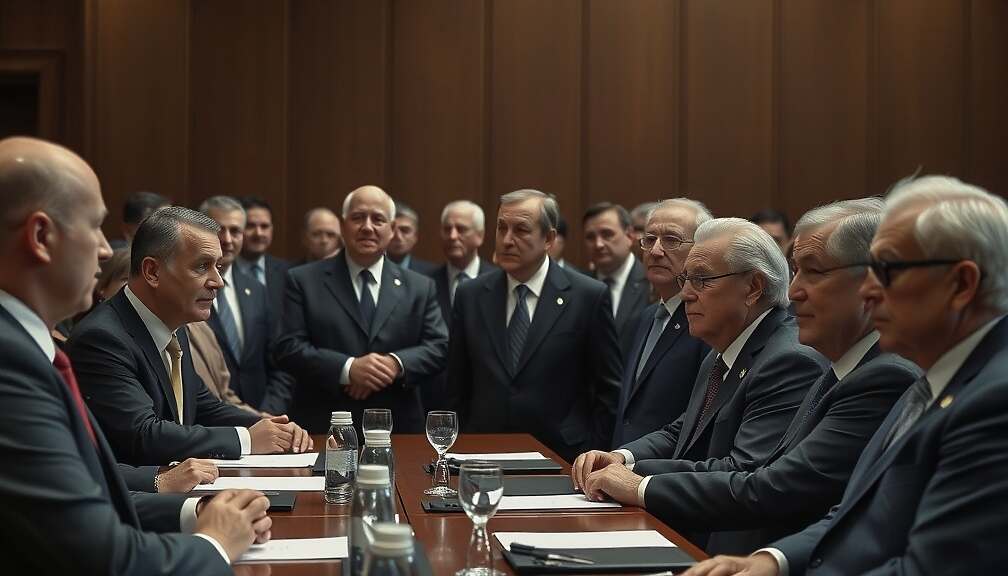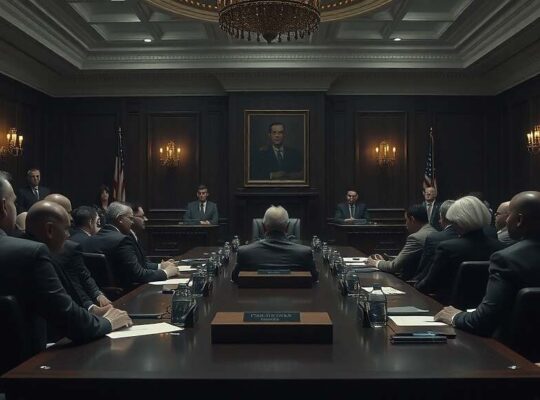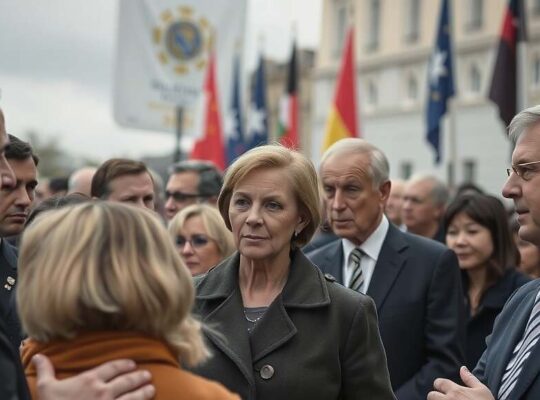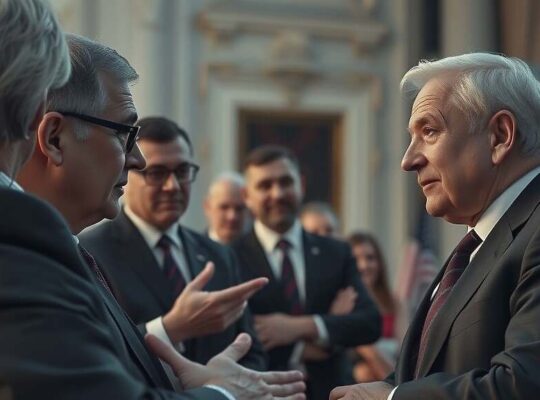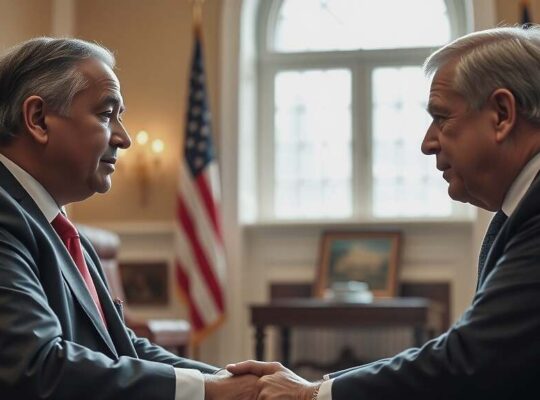A transatlantic and European leadership summit transpired Friday via teleconference, involving German Chancellor Friedrich Merz, French President Emmanuel Macron, British Prime Minister Keir Starmer and Ukrainian President Volodymyr Zelenskyy. The discussion, confirmed by German government spokesperson Stefan Kornelius, underscored a renewed commitment to Ukraine’s path toward a lasting peace, though subtle tensions regarding the negotiation framework emerged.
The joint statement released following the call emphasized unwavering support for Ukraine’s sovereignty and acknowledged the ongoing efforts by the United States to facilitate a resolution to the conflict. The leaders specifically lauded the US commitment to solidifying Ukraine’s security through guarantees, a move widely interpreted as a potential shift from purely defensive assistance. However, the exact nature and scope of these guarantees remain undefined, raising questions about American leverage and potential long-term implications for transatlantic security architecture.
Critically, the leaders’ agreement to coordinate closely with European partners and Washington signals a concerted effort to manage expectations and potentially dictate the parameters of any future negotiation. While presented as a unified front, this coordinated approach implicitly acknowledges the varied interests and potential disagreements amongst the participating nations. The implicit recognition that the “contact line” should form the basis for negotiation introduces a layer of complexity, potentially rewarding Russian territorial gains and drawing criticism from Ukrainian factions advocating for the complete restoration of pre-war borders.
Furthermore, the insistence on European and NATO consensus for any agreement impacting those entities underscores a desire to control the narrative and avoid unilateral action. This stipulation suggests a guarded approach, revealing some internal apprehension regarding potential political fallout within European member states and a deliberate effort to avoid internal dissent from within the alliance. While ostensibly a show of unity, the inclusion of this clause subtly reveals the delicate balancing act required to maintain cohesion among these key players as the conflict enters a potentially protracted phase. The long-term viability of such a coordinated approach remains to be seen, given the divergent political landscapes and domestic pressures each leader currently faces.


